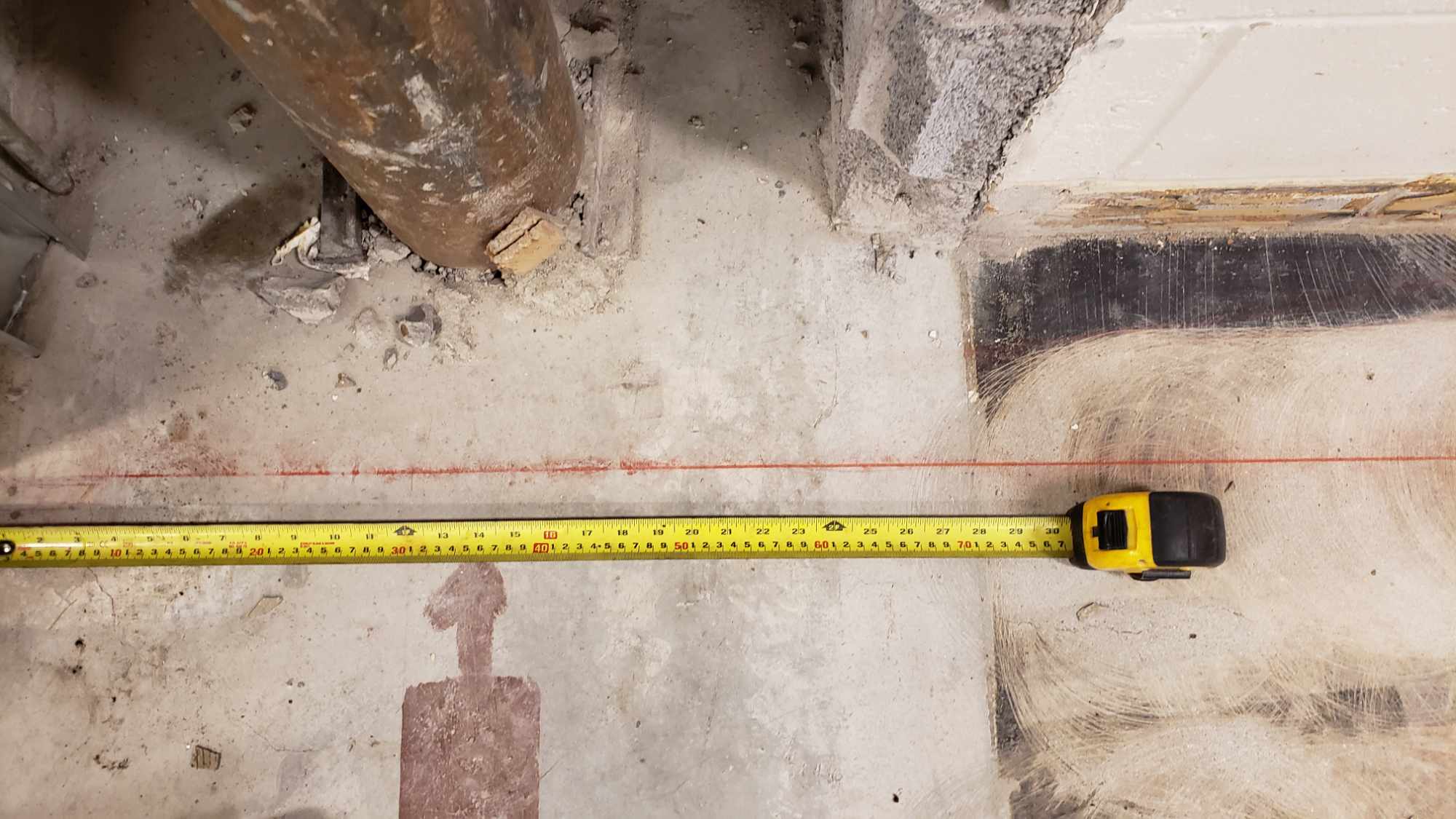TRACE heartily congratulates Existing Building Specialist and Intern Architect Carly Farmer on her success in becoming a Certified Passive House Designer (CPHD)! As existing building sustainability specialists, TRACE has been familiar with PH principles for many years, integrating them wherever possible into to our work. We are now thrilled to officially add Passive House consulting to our list of services.
When asked why she felt motivated to pursue Passive House training, Carly said:

"Passive House stands out as being genuinely sustainable in every way I can think of: energy efficient, durable, resilient, affordable, healthy, low carbon footprint... the list goes on. Not only is it the logical way to do new construction, but many retrofit projects can also benefit from this approach. I am particularly excited about how Passive House is impacting the non-profit sector through dramatic reductions in operating expenses."
Carly Farmer
What is Passive House?
The Passive House green building standard strategically combines building science and economics to achieve highly efficient buildings which use less than 15 kWh/m2 per year (about 90% less energy than a typical home). This is achieved through a carefully detailed, airtight building envelope which is insulated to the point where a full-sized furnace is no longer required. This frees up capital cost for the extra insulation, higher quality windows, etc. Additionally, a heat or energy recovery ventilator (HRV/ERV) ensures that fresh air is continuously delivered for optimal health of the occupants. The performance of the building is verified through energy modelling and blower door testing.
Passive House & Existing Buildings
The Passive House standard can be used for any new building – office towers, multi-unit residential, retail, schools, dwellings, etc. A slightly modified standard, called “EnerPHit” is used for deep energy retrofit projects, which can also be used for any building size and type. There are many examples around the world where existing buildings, and even historic buildings, have had Passive House rehabs and retrofits to achieve extremely low carbon footprints for their owners.
TRACE architectures is a full service architectural firm with over 30 years of experience in building and designing with sustainability as a top priority. TRACE welcomes Carly’s success and the team is excited to put Passive House theory into practice. As a newly Certified Passive House Designer, our Sustainability Director Carly Farmer is ready to lead any Passive House project!
Is it Affordable?
Passive House Canada states that the typical cost premium for building a certified Passive House building is about 10%. However, this up-front investment is largely offset by an 80-90% reduction in annual energy required for heating and cooling and lower maintenance costs. While monthly cost of ownership is similar, the Passive House owner will also enjoy higher indoor air quality, comfort and more security against rising energy prices.
Jeremiah Point, a Passive House Canada board member and engineer in Eastern Ontario, stated that both Vancouver and Richmond B.C. implemented Passive House pilot projects resulting in such low operating costs compared to the minimal ‘extra’ cost to build, that Passive House is now the standard for new municipal buildings. The two municipalities reported that Passive House build quotations are actually cheaper to build than meeting minimum code once the contractors become familiar with the Passive House strategies and assemblies. As Passive House experience permeates the construction industry, streamlined construction processes will result in lower costs among trades to implement these strategies.
Jeremiah further argues that Passive House leads to the best building for the cost (especially given the low operating costs), the healthiest buildings (airtight with proper ventilation) and also inherently resilient (the buildings don’t easily freeze or become uninhabitable, even during long power outages).
As discussed in a previous TRACE Journal blog post, “Save $$$ While Rehabilitating Your Building”, there are dozens of financial incentives for building green including: grants, low-interest or interest-free loans and preferential mortgage rates available for all building scales and types, both retrofits and new construction.
READ MORE ABOUT EFFORTS TO MAKE DEEP GREEN RETROFITS EASIER TO AFFORD
According to this article, the Pembina Institute, a Canadian clean energy think tank, calculates 600,000 dwellings would need to be retrofitted every year from now until 2040 to get all existing housing up to date and energy efficient, and to help Canada meet its Paris Accord commitments.
Funding from the 2021 federal budget provides $4 billion for interest-free loans worth up to $40,000 through the Canadian Mortgage and Housing Corporation to homeowners and landlords who pursue retrofits identified through an authorized EnerGuide energy assessment.
Passive House Canada CEO Chris Ballard would like to see a significant increase to that in the upcoming 2023 budget. The deep retrofits encouraged by the alternate Pembina Institute plan would help reduce Canada’s net emissions and also create local jobs for tradespeople and skilled workers, adding onto the $2.6 billion over seven years previously announced in the federal government’s 2021 climate plan for training. However, the Pembina Institute says we need to take the opportunity to invest in well-paying jobs, as large-scale retrofits would require the creation and re-training of a portion of the workforce. For example, investments of $13 billion each year could create about 138,000 jobs across Canada!
“These are good, well-paid, lasting, middle-class jobs. They are located where people live and work,” says Pembina. “(…) to get those 138,000 jobs, we need significantly more investment from the federal and provincial governments. And that transformation we haven’t seen yet.”
Ballard says residential tower retrofits would reap the greatest GHG savings.

